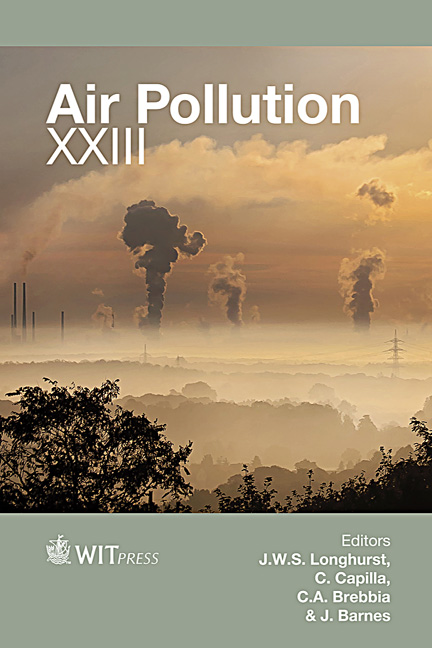Pollution Spots: A Novel Method For Air Pollution Monitoring
Price
Free (open access)
Transaction
Volume
198
Pages
12
Page Range
129 - 140
Published
2015
Size
1,317 kb
Paper DOI
10.2495/AIR150111
Copyright
WIT Press
Author(s)
L. Rodríguez, D. Mendez
Abstract
The Participatory Sensing paradigm offers the advantages of leveraging the existing communication networks and mobile phones (used as sensing devices), thus reducing the costs of deploying a sensing network. Despite the processing capabilities and the already embedded sensors in smart phones, integrating pollution sensors into cellphones is still an ambitious project. Pollution-Spots proposes a solution by means of using an infrastructure of fixed low-cost sensing devices, and reporting the measurements using Participatory Sensing. The system’s name comes from the static sensing units which function as spots the mobile user can hook-up to in order to obtain the environmental data, generating a model that easily escalates, since it does not require users carrying the sensing devices. If the system’s administrator requires to enlarge the region of interest, only the installation of an additional Pollution-Spot is required. The device starts measuring and the pedestrian forwards the information, completing the cycle with no extra cost of data transport and/or human resources. Preliminary experiments have been conducted using the platform located in Pontificia Universidad Javeriana’s campus. The maps obtained based on the gathered data provide a better spatial resolution of the variables of interest when compared to traditional monitoring stations, proving the effectiveness of the system. These results show the benefits of applying this model in areas with scarce monitoring stations and/or budget limitations. Also, including user participation makes it possible to design applications that improve communities’ quality of life, since the maps obtained allow the identification of the areas where the concentration of pollutants might be critical.
Keywords
air pollution, participatory sensing, environmental data visualization





